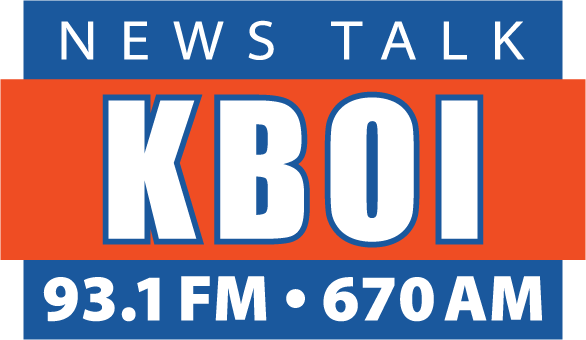
Courtesy Idaho Capitol Sun: CLARK CORBIN
“Idaho’s economy is red-hot because of the resiliency of our citizens and businesses,” Little said
The state of Idaho officially ended the 2022 fiscal year with a record $1.38 billion surplus, Gov. Brad Little and Idaho Division of Financial Management officials said Friday.
“Idaho’s economy is red-hot because of the resiliency of our citizens and businesses,” Little said in a press release issued Friday.
The governor said the surplus means Idaho’s government can “provide Idahoans even more tax relief and make key investments where they count” at a time when inflation is driving up the cost of basic necessities.
The surplus was expected and came in slightly above the most recent $1.3 billion projections showing the state was poised to set another state budget surplus record when the fiscal year ended June 30. The difference was due to year-end agency reversions, Idaho Division of Financial Management administrator Alex Adams said. Although the 2022 fiscal year ended June 30, it always takes a few weeks to complete end-of-year bookkeeping work, Adams said.
The $1.38 billion surplus surpassed the previous record budget surplus of $890 million, which was set one year ago when the state closed out the fiscal year 2021 budget.
Idaho runs on a fiscal year calendar that runs from July 1 to June 30 every year.
“This year, we made the single largest investment in public schools in state history,” Little said in the release. “The strength of Idaho’s economy and the sound management of state government mean we will continue to be able to invest record amounts into schools, roads, water, and other key areas to keep up with growth and improve the lives of the people we serve.”
What will happen with Idaho’s record budget surplus?
Idaho’s governor and the Idaho Legislature will decide what to do with the surplus when the 2023 legislative session convenes at the Idaho State Capital in January.
State agency directors are putting together the 2024 budget requests, which are due to the state Sept. 1 and Gov. Brad Little has already developed some priorities for the surplus, Adams said.
If he is re-elected in November, Little would push for additional tax cuts, as well as investments in public education and infrastructure projects, Adams said.
“(Little) is already saying he anticipates additional tax relief and additional investments in education and infrastructure,” Adams told the Idaho Capital Sun in June.
Little is running against Democratic nominee Stephen Heidt, independent Ammon Bundy, Libertarian Paul Sand and Constitution Party candidate Chantyrose Davison in the governor’s race in the Nov. 8 general election.
Little and the Idaho Legislature worked together during the 2022 legislative session to use the then-record 2021 budget surplus to pass a $600 million tax cut and tax rebate package, which supporters say is the largest tax cut in Idaho history based on overall dollars. They also used the 2021 surplus to pay off debt on state buildings, invest in infrastructure projects, increase teacher pay and educators’ benefits and boost funding for Little’s literacy initiative, which gives schools the option to pay for voluntary full-day kindergarten.
How state revenue in Idaho has grown over the last three years
All of the money in the surplus is state dollars. Adams said federal stimulus checks and relief packages likely played into the surplus. For example, Idahoans who received stimulus checks or loans may have used that money to buy more products or new cars, which would increase Idaho sales tax revenue that fueled the state budget surplus.
“The big question is how much is sustainable?” Adams said.
In Idaho, the three largest sources of revenue are the individual income tax, the sales tax and the corporate income tax. All three taxes beat revenue projects for the year.
Overall, state revenues have increased rapidly for Idaho, which is one of the fastest growing states in the country, according to the U.S. Census Bureau.
For fiscal year 2020, Idaho brought in $4 billion in state revenue.
For fiscal year 2021, Idaho brought in $5 billion in state revenue, which was a record at the time.
For fiscal year 2022, Idaho brought in $6 billion in state revenue, which sets the new record.
Even though Idaho is sitting on another record surplus, at least one prominent Idaho legislator views much of the money as a one-time windfall and is urging caution when it comes to spending decisions.
Rep. Wendy Horman, R-Idaho Falls, said she will consider putting the money toward tax cuts for Idaho families and into programs that will help reduce expenses for Idahoans.
“The question is how do we balance the needs of the state against the needs of Idaho families to retain their own dollars to use during these inflationary times?” Horman said. “I think we need to certainly restrain spending at the state level and do everything we can to keep costs down, starting with the cost of a college education and going on to food and fuel and all expenses that families experience.”
Adams and Horman told the Idaho Capital Sun they are concerned about the rising cost of inflation and the possibility of an economic recession beginning within the next two years, which they said are reasons to be cautious with the surplus.








